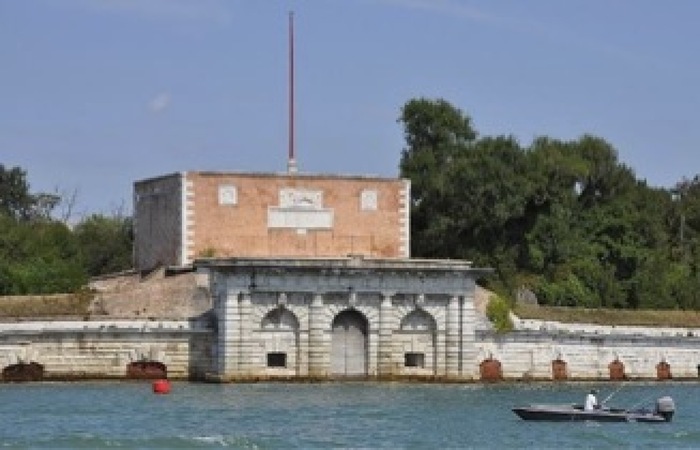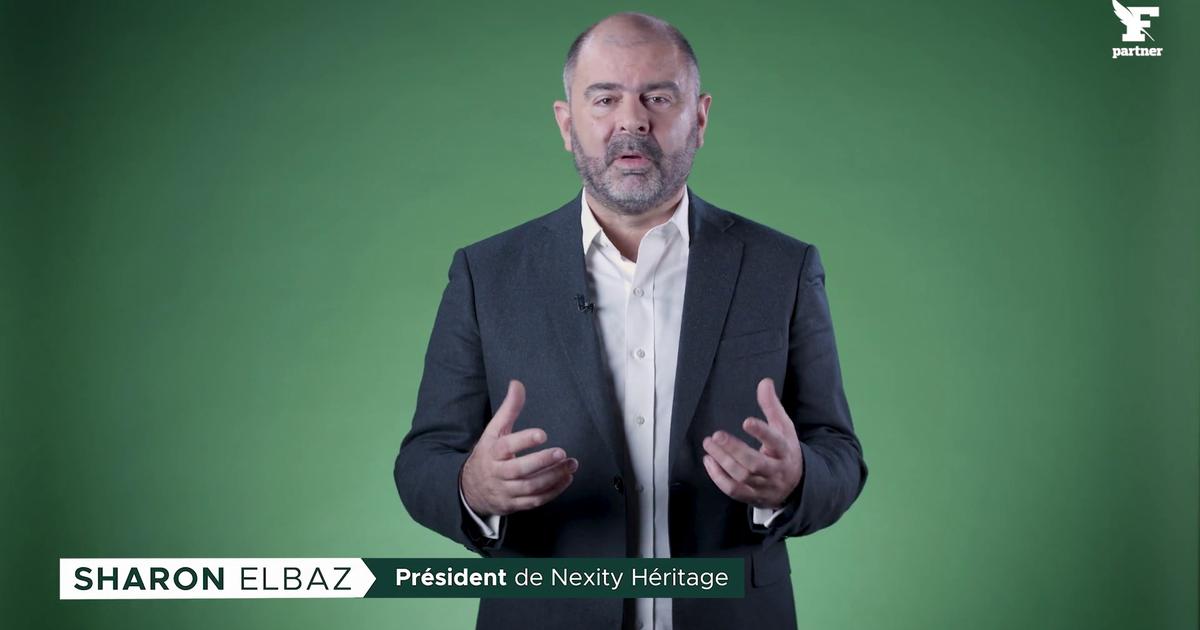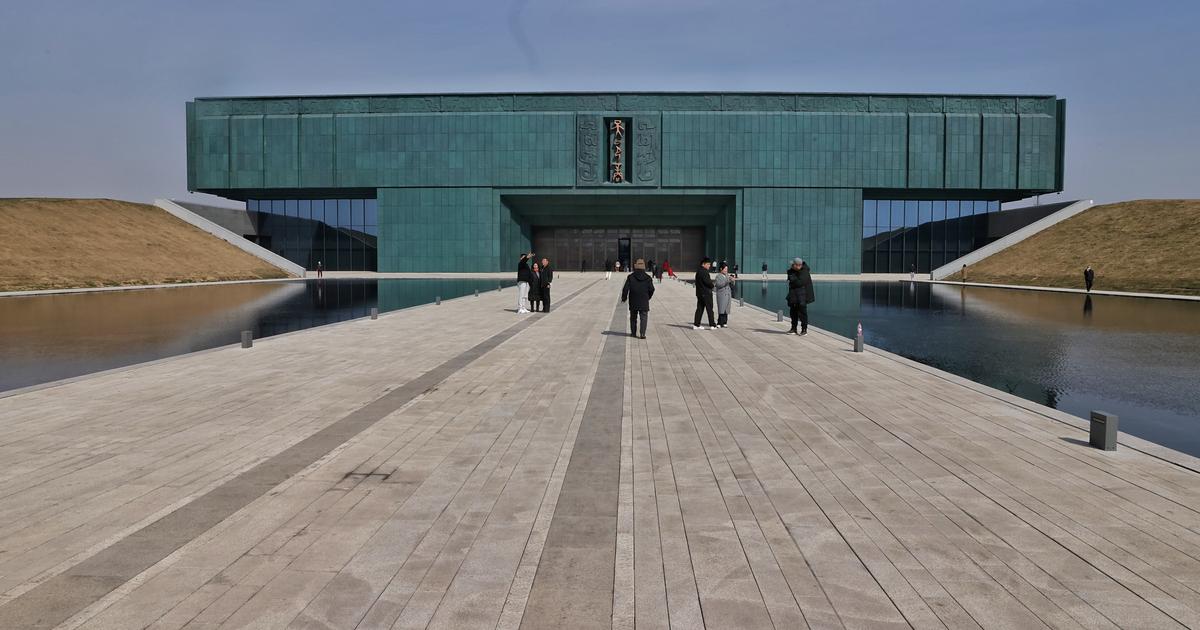What makes a city great?
Whether you live in
Durban
, South Africa or
Medellin
, Colombia, no two people may have the same answer.
But if you ask residents of different cultures and regions about the challenges facing their cities, common questions will emerge, such as the need for
more affordable housing, better public transportation, and access to resources and services.
Starting in 2004, a cable car system was installed in Medellín (Colombia) that considerably reduced the time and cost of travel for the inhabitants of rural mountain towns.
Credit...Esteban Vanegas for The New York Times
Too often, municipal initiatives do not really respond to the needs of residents, and sometimes create even bigger problems, especially for the most vulnerable.
Take the example of
Vancouver
, British Columbia.
Although it is often considered one of the healthiest cities in the world, some projects to make it more livable, such as the construction of luxury homes, have contributed to gentrification and have put rental prices out of reach for many, which begs the question:
"Healthy and livable for whom?" says Andy Hong, director of the Healthy Aging and Resilient Places Laboratory at the University of Utah.
Various cities around the world are reinventing themselves to improve the lives of all their inhabitants and, in the process, paving the way for us to solve some of the most pressing urban design problems.
Medellín,
once considered one of the most dangerous places in the world, has become a model of urban renewal thanks to the creation of visionary public architecture and transport infrastructure, which allow residents of rural areas to access the city center -along with the jobs and services available there- by
cable car
.
This is what we can learn from Medellín and other cities that are breaking new ground in urban transformation.
The cable car system also facilitates tourists' access to rural areas.
Photo. Esteban Vanegas for The New York Times
Medellín, Colombia: shorten journeys with cable cars
Few cities have changed as much and as fast as Medellín.
After decades of political instability, economic turmoil and violence at the hands of drug cartels, the new leadership of the 1990s marked a turning point.
Under the new Colombian Constitution, approved in 1991, the Medellín government focused on combating inequality.
The city built transport infrastructure to facilitate the access of the poorest residents to the city center.
He then commissioned renowned architects to create new parks and buildings, including visually beautiful libraries and museums, to be located in the most neglected neighborhoods.
A toxic neighborhood dump was replaced by the Moravian Cultural Center, which offers arts programs and is surrounded by parks and gardens.
Elsewhere in the city
, new parks and libraries
have turned violence-scarred neighborhoods into places of pride, complete with computer labs, recreation centers and social housing.
"In the face of the crisis, society asked the right questions and embarked on a path of
solutions
," said architect Jorge Pérez-Jaramillo, former director of city planning between 2012 and 2015.
The poorest neighborhoods were on top of steep mountains, far from the center of the city.
There was no easy or cheap way for people to commute to the city to work and access resources, as the building density and mountains made it impossible to build new rail lines.
In 2004, the city began adding a system of gondolas in the sky, connecting rugged mountain towns to other areas, drastically reducing the cost and time it took to travel.
According to Daniel A. Rodríguez, director of the Institute for Transportation Studies at the University of California at Berkeley, for the inhabitants of these towns, once on the periphery, this implied a feeling of legitimacy for their neighborhoods.
As a symbol of pride in their home, people began to paint their houses.
"They felt proud to receive these important investments, and so tourists flocked to that area," he explains, adding that residents also began to take care of local parks and other public areas.
"There was this second-order effect of
community
development and ownership ."
At Warwick Junction in Durban, South Africa, street vendors were invited to help redesign their own market.
Photo Gulshan Khan for The New York Times
Durban, South Africa: Vendors are invited to help redesign a marketplace
Food vendors, artisans, vendors of clothing and other items: these informal workers define the essence of a city and bring its streets to life.
Nowhere is this more true than at Warwick Junction, one of Durban's main transit hubs and home to nine specialist markets.
The area attracts about 450,000 people daily.
Photo Gulshan Khan for The New York Times
Residents can buy handicrafts, herbs, clothing or the traditional Zulu delicacy of cow's head meat from the 6,000 people who settle there.
But Warwick Junction was a very different place when South Africa was under apartheid.
Heavily guarded at the time, the bridge connecting Warwick to the predominantly white city center
was frequently closed
to keep out blacks.
When apartheid ended
,
the Durban government decided that it was ready to invest in the market and do something that had never been considered before:
listen to the people that the country had marginalized for so long and invite street vendors to collaborate in the plans to redesign their own spaces.
During apartheid, the market traders were highly organized amongst themselves but not recognized by the Durban city government, explains Richard Dobson, founder of Asiye eTafuleni, a non-governmental organization that supports informal workers through projects such as the Warwick Junction renovation.
"Apartheid totally and utterly excluded blacks from urban life and from African cities, and even from public life in general," Dobson says.
Over time,
structures
were built to house the vendors, keeping in mind their needs and the city's sanitary regulations.
More than a decade later, the area attracts some
450,000 people a day
and has become a popular stopover for cruise ship passengers and other tourists.
A second generation of salespeople is flourishing, some of whom have taken over from family businesses.
In the Pyrmont neighborhood, volunteer gardeners plant vegetation native to the area.
Photo Petrina Tinslay for The New York Times
Sydney: Bring the shopping districts and native foliage to life
The central business districts of cities around the world have been hit hard during the pandemic.
What can a city do when there are entire areas that are not used?
The city works with IndigiGrow, a nonprofit indigenous nursery that grows endangered local plants.
Photo Petrina Tinslay for The New York Times
In areas of Sydney previously used primarily for office and industrial space, the city added
more living space
and many entertainment areas.
"The pandemic has fueled an appetite for reform and unprecedented collaboration between all levels of government, which has made possible for the first time a series of initiatives that we have dreamed of for a long time, such as street closures, outdoor
restaurants and a connected bike network
," said Clover Moore, Lord Mayor of Sydney.
George Street, one of the busiest thoroughfares in Sydney's CBD, has a new look with a radically different flow of traffic.
It's a "really fluid public space that prioritizes walking and cycling over car access," explained John Bela, urban planner and founder of Bela Urbanism.
The change to make George Street more pedestrianized began in December 2020;
when it is finished, it will have more than 9,000 new square meters of walkways.
The street will also receive new lighting, seating, trees, and additional outdoor dining spaces.
The city has "come a long way with ambitious projects to pedestrianise
areas of the CBD
, once the preserve of cars, and better connect our city with safe cycling infrastructure, to give people a transportation option beyond crowded buses and trains or the use of the private vehicle," Moore said.
Through the
Pyrmont Ultimo Landcare
program , volunteer gardeners return native foliage to its natural landscape in the Pyrmont neighborhood.
The city purchases the plants from IndigiGrow, a non-profit indigenous nursery specializing in growing endangered local plants.
Plants provide shade, help cool high-density areas, attract birds and even store carbon, explains Mary Mortimer, organizer of the project.
The La Recyclerie project transformed a former train station into a space that includes an urban farm, a recycling center, and educational and community centers.
Photo .Joann Pai for The New York Times
Paris: Creating public spaces that preserve the city's history
Anne Hidalgo
, the mayor of Paris, is turning it into a city of the future by incorporating her climate action goals into investments in transport infrastructure.
For starters, this means
fewer cars.
Paris already has a strong public transportation system, and is now expanding its network of bike lanes.
An orchard at La Recyclerie.
Photo Joann Pai for The New York Times
A plan announced in 2021 includes an investment of 250 million euros (about $268 million) that will add 179 kilometers of safe bike lanes, bringing Paris ever closer to Hidalgo's desire for the city to achieve city of 15 status. minutes.
That would mean that residents could meet all their basic needs, such as work, healthcare, education, and perhaps a game of boules in the park, within a 15-minute walk, bike ride,
or
public transport from their doorstep. from his house.
Although the administrations of other cities, such as
Seattle and Seoul
(South Korea), also consider a 15-minute future, only a few large cities -such as
Melbourne
(Australia) and
Madrid-
have the necessary infrastructure to make it an objective. realistic.
Joann Pai for The New York Times
Many Parisians do not like to tear down the old in favor of new construction and prefer to preserve the character of the city.
In response, Paris has become adept at
recycling buildings
for new uses and introducing parks and greenery wherever possible.
One example is
La Recyclerie
, a community project created in 2014 that transformed a former train station into a space that includes an urban farm, a recycling center, and educational and community centers.
And in 2017, the city replaced sections of the routes that border the Seine River with parks and playgrounds.
Lisbon's Main Green Corridor, a 1.4-mile stretch of greenery that connects several parks.
Photo Rodrigo Cardoso for The New York Times
Lisbon, Portugal: Cool off with more green spaces
Bottom line: Summers in Lisbon are hot.
The city is known as an urban heat island, with dense areas of pavement and buildings retaining heat.
Bike and pedestrian lanes.
Photo Rodrigo Cardoso for The New York Times
Walk around the city for a few hours and you will have the feeling that you have been in a deep fryer.
But there are ways to beat the heat:
the green spaces.
A 2019 article published in the scientific journal Heliyon shows that increasing the number of green spaces not only cools the area, but can also influence the surrounding parts, in what is known as urban space cooling effect.
It's a bit of science that Lisbon has been using to make life easier in the summer.
Beginning with the 2008 "Green Plan," which detailed measures to offset ecological damage from urban development, the city has launched numerous initiatives to increase the amount of public green spaces.
In 2012, the city launched the
Principal Green Corridor
, a 2-kilometer stretch of green connecting the 26-hectare Eduardo VII Park near the city center with the
2,223-acre
Monsanto Forest Park .
A stall owner makes drinks at the Amoy Street Food Center.
Photo Amrita Chandradas for The New York Times
Singapore: Improving island life with more outdoor spaces
The islands leave no room for urban sprawl.
Being surrounded by ocean on all sides, Singapore does not have much room for new construction.
But the country's Urban Redevelopment Authority has mastered the art of making space in a crowded landscape.
Officials and other clients at lunchtime.
Some dine on the premises, while others take the food to their workplaces.
Photo Amrita Chandradas for The New York Times
To address climate change and provide more outdoor space for residents, the city launched the Park Connector program, a network of trails that stretches nearly 19 miles around the island with easy-access ramps. .
The system encourages people to
get around by walking
, jogging, skating or cycling.
Along the trails, walkers can access a number of Singapore's hawker centers, such as the Amoy Street Food Center, a foodie space where people gather to sample a variety of dishes, including noodles with meatballs, fish and curry snacks, served by food vendors.
Before street food hubs, informal street vendors were heavily watched.
In the 1970s, the government opened centers for street vendors to offer them permanent stalls that met sanitary standards.
But one of Singapore's most successful programs is public housing, which has long been a model for developers around the world (even if private developers and owners disagree).
More than 80% of the population lives in public housing.
Most residents buy their apartments from the Housing and Development Board, and those who cannot afford it can rent them.
c.2023 The New York Times Company
look too
An apartment of almost 9 square meters in Tokyo: "I would not live anywhere else"
Urban life, culture wars and conspiracy theories






/cloudfront-eu-central-1.images.arcpublishing.com/prisa/O5KJZWDZ2ZF3PMFCA7GSGYAIW4.jpg)

